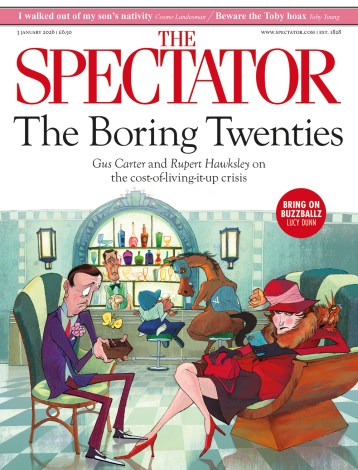How posh is your supermarket shop?
The name can’t help but invite mockery. When Sainsbury’s launched its ‘Taste the Difference’ range 25 years ago this autumn, I wasn’t alone in noting that the phrase almost begged for a question mark at the end. But the British public are (mostly) more concerned with dinner than with sarcasm. The Taste the Difference range now extends to more than 1,200 products, from Pugliese Burrata with Sunsoaked (sic) Tomatoes and Bacon Wrapped Halloumi Sticks with Hot Honey Drizzle to Anya Potatoes and Nocellara Del Belice Olives. I admit to having eaten most of the above products, despite being a keen ‘cook from scratch’ sort who loves to ramble around Electric




















